Shandong Cuisine (Lu Cuisine)
Shandong cuisine, also known as Lu cuisine, stands out for its refined elegance and focus on fresh, seasonal ingredients. Originating from the native cooking styles of East China’s Shandong Province, a land known for its rugged coastline and fertile plains, this culinary tradition has left an indelible mark on Chinese gastronomy. Allow us to guide you through its history, ingredients, techniques, and regional influences.
Shandong's fertile plains, bountiful coastline, and proximity to the Yellow River have all played a significant role in shaping Lu cuisine. Fresh seafood from the vibrant coastal waters takes center stage, with plump prawns, tender scallops, and meaty clams featuring prominently in many dishes. The rich soil of the plains yields an abundance of vegetables like cabbage, garlic, scallions, and peanuts, which add earthy notes and textures to the cuisine. Wheat, a staple grain in Shandong, forms the base for fluffy steamed buns and delicate noodles, while millet and other small grains add a touch of heartiness to certain dishes.
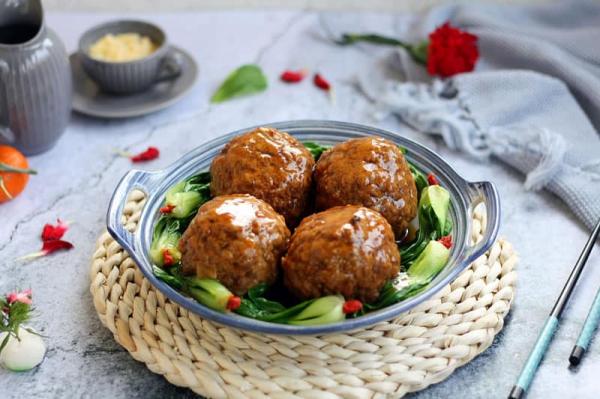
What is Shandong (Lu) Cuisine?
Shandong cuisine, one of the most notable Chinese culinary traditions, is represented by the cooking style of Shandong Province. It encompasses a family of cuisines that comprises local Jinan, Jiaodong (included Yantai and Fushan styles) and Confucian cuisines, the three regional sub-branches.
Ingredients, Cooking Techniques and Regional Influences
The ingredients in Shandong dishes are locally sourced, drawing from the seas of the Shandong peninsula, the Yellow River, Weishan Lake, and the livestock of inner China. Seafood, exotic delicacies, and vegetables play a pivotal role in Shandong cuisine, ensuring a fresh and diverse palette of flavors.
Unlike the fiery boldness of Sichuan cuisine or the rich textures of Cantonese cuisine, Shandong cuisine emphasizes subtlety and balance. It's a culinary art form that celebrates the natural flavors of ingredients, enhanced with meticulous techniques and a symphony of delicate seasonings. It employs a variety of cooking techniques, with a focus on stir-frying and deep-frying. The end result is a harmonious balance of saltiness and richness, without overpowering the palate.
Shandong cuisine has significantly influenced the cooking styles of nearby regions, including Beijing, Tianjin, and the middle and lower reaches of the Yellow River. Even the imperial court cuisines of the Ming and Qing dynasties owe their rich legacy to the influence of the cuisine.
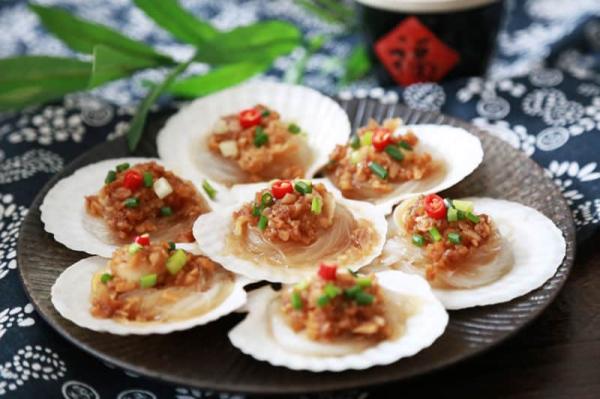
The Origin of Shandong Cuisine
The birth and development of Lu cuisine are tightly interwoven with the geographical and historical characteristics of the Shandong peninsula.
Geographically, Shandong’s warm and humid climate, marked seasonal differences, and abundant fresh produce create ideal conditions for flourishing culinary traditions.
Historically, the Linzi and Qufu areas in Shandong served as the economic and political center during the Zhou dynasty, attracting talented cooks and giving rise to the first blossoming of Chinese cuisine.
Over time, Lu cuisine matured during the Western Zhou, Qin and Han Zhou dynasties, reaching its modern form in the Tang and Song dynasties. It blossomed into the complete and extensive system we know today during the Ming and Qing dynasty.
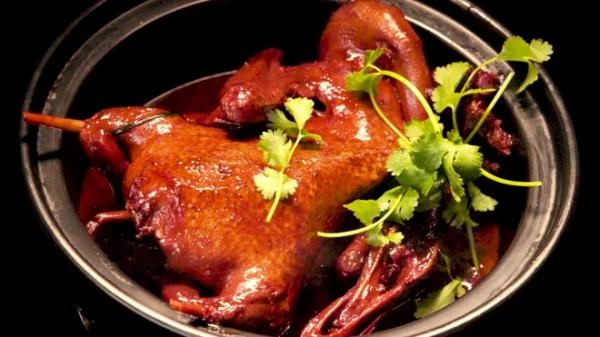
Shandong Cuisine’s Time-tested Techniques
Knife Skills: Precision cutting is paramount in this cuisine. Vegetables are meticulously julienned or sliced for even cooking and a visually appealing presentation. Meat is thinly sliced to ensure quick cooking and a tender texture.
Soup Stocks: Broths are a cornerstone of Lu cuisine, forming the base for stews, soups, and sauces. These broths are often simmered for hours with chicken, pork bones, or seafood scraps, resulting in a clear, umami-rich liquid that adds depth and complexity to dishes.
Stir-frying (炒): A cornerstone technique, stir-frying allows chefs to quickly cook ingredients while retaining their vibrant colors and textures. Precise control of heat and the use of minimal oil showcase the inherent flavors of vegetables and seafood.
Braising (红烧): This technique involves slowly simmering meats and vegetables in a flavorful broth, resulting in melt-in-your-mouth tenderness and deeply infused flavors.
Seasoning: Shandong cuisine favors a balanced approach to seasoning. Salt, soy sauce, Shaoxing wine (a type of rice wine), and a hint of sugar are often used to enhance the natural flavors of ingredients without overpowering them.
Presentation: Food presentation is an art form in Shandong cuisine. Dishes are meticulously arranged, often showcasing vibrant colors and contrasting textures. Delicately carved vegetables and garnishes add a final touch of elegance.
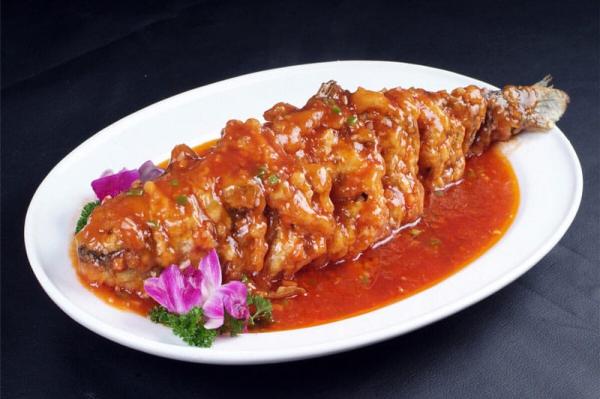
Distinct Traits
Nearly all types of regional Chinese cuisine share a love for saltiness, but Shandong cuisine stands out. Shandong province boasts diverse regional variations within its cuisine. Here's a glimpse into some of the most celebrated specialties:
Jinan Cuisine: The capital city, Jinan, is known for its focus on freshness and clean flavors. Delicacies like " Braised Pork Balls in Gravy (四喜丸子)" and "Sweet and Sour Carp (糖醋鲤鱼)" showcase the region's love for simple yet flavorful preparations.
Jiaodong Cuisine: This coastal region boasts a strong seafood influence. Dishes like "Braised Sea Cucumber with Scallions (葱烧海参)","Braised Abalone with Winter Bamboo Shoots (鲍鱼烧冬笋)" and "Pan-fried Scallops with Garlic Sauce (蒜蓉扇贝)" exemplify the emphasis on showcasing the natural sweetness and texture of fresh seafood.
Confucian Cuisine: The birthplace of Confucius has its own unique culinary tradition, emphasizing elegance and refinement. Dishes like " Immortals Duck (神仙鸭子)" and "Qufu Smoked Tou Fu (曲阜熏豆腐)" and "Roast Suckling Pig (烤乳猪)" feature meticulous presentation and a focus on balanced flavors, reflecting the values of moderation and harmony espoused by Confucian teachings.
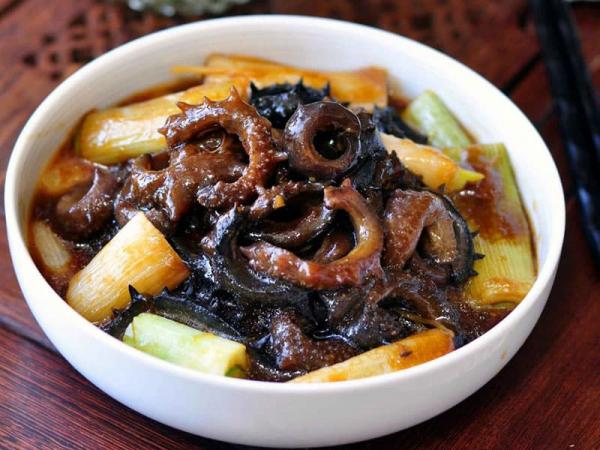
In summary, Shandong Cuisine, with its emphasis on fresh ingredients, bold flavors, and regional diversity, continues to captivate food enthusiasts across China and beyond. Whether you’re savoring a plate of Peking Duck or exploring the intricate seafood dishes, Shandong Cuisine invites you to embark on a culinary journey that celebrates tradition and innovation alike.
Recommended China Food Tour
★ 10-day Taste of China Top Cuisines
★ 15-day China Cooking & Foodie Tour
★ 4-day Chengdu Food Tour